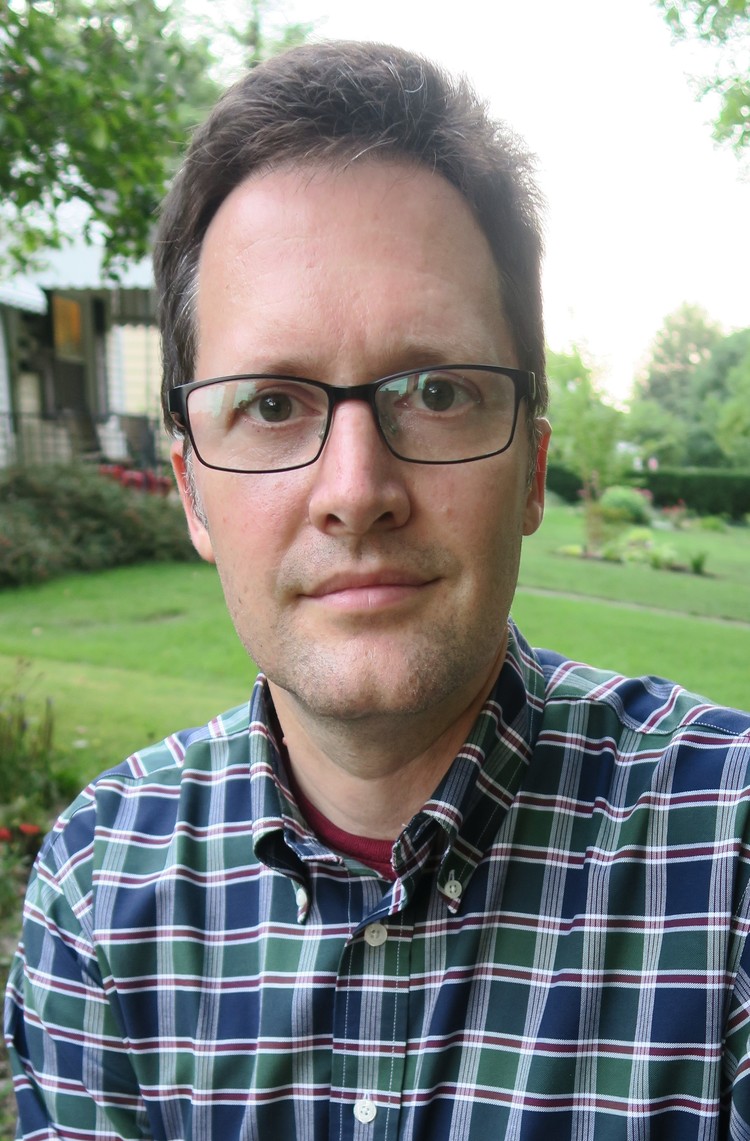There is an art that comes while doing archeology in the August heat of Alabama. Sweat drips off the forehead in consistent, even drops. New-dug clays hint at a decay just beyond perception. Clouds scud the sky without reference to those unseen, human horizons.
To understand the ageless importance of the arts, do archeology on this bluff overlooking the Tallapoosa River. Dig a ten-foot-deep excavation pit; expose a child buried two thousand years ago. Most of what was buried with the child is gone–clothes, food, a shell necklace that disintegrates to the touch of air. But even though the child’s bones have decayed to mere outline, art lives here. It resides in the delicate clay cup resting between the child’s right arm and ribs.
The cup is art. Barely two inches wide, the cup evokes memories of the small bowls from a Japanese tea ceremony. And instead of the earth tones of most ancient pottery, this cup glows a soft blue. What artist created such a rare, subtle dye? Who was this child to be buried with such a piece of art?
For thousands of years people lived on this bluff. Within a week nothing will remain. A rock quarry is digging up the site because there is gravel below the top soil–and gravel sells for a million dollars per square acre. There will not be time to excavate most of the site. The cup from this child’s burial might become the only remnant of an entire people.
Art resides within us. Like the gravel below this bluff, art supports all our dreams and ideas. Art is archeology, revealing truth once the surface has been removed. Everything created leaves its mark on humanity’s ground–the dark outlines of births and burials; the foundations of homes and dreams long gone. Art is the search for what rests below.
Throughout human history, in every culture and time, there have been artists whose excavations went deep into human life. Poets like Emily Dickinson. Painters like Van Gogh. Their art both revealed the buried pillars of our world, and became the new supports of an ever-changing world.
This cup was never alive; this child was. But the art of the cup is our connection to this child, to the child’s people, and to ourselves. To all we were and all we might ever be.
Time carries off the old lands we knew as surely as a rock quarry; art remains and builds us a new place to live. And that land will be as deep as the death mask of Tutankhamen. As the plays of Shakespeare. As the novels of Zora Neale Hurston. As the photographs of William Christenberry.
And as ageless as a cup by an unknown artist, nestled in the nook of a dead child’s arm.

